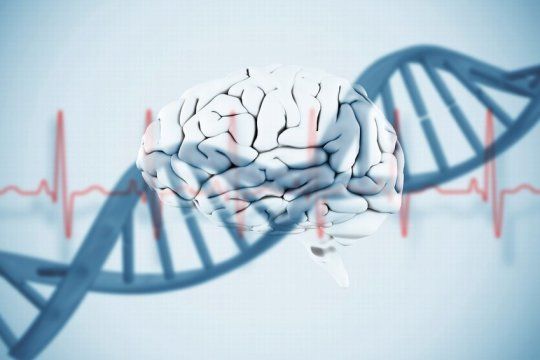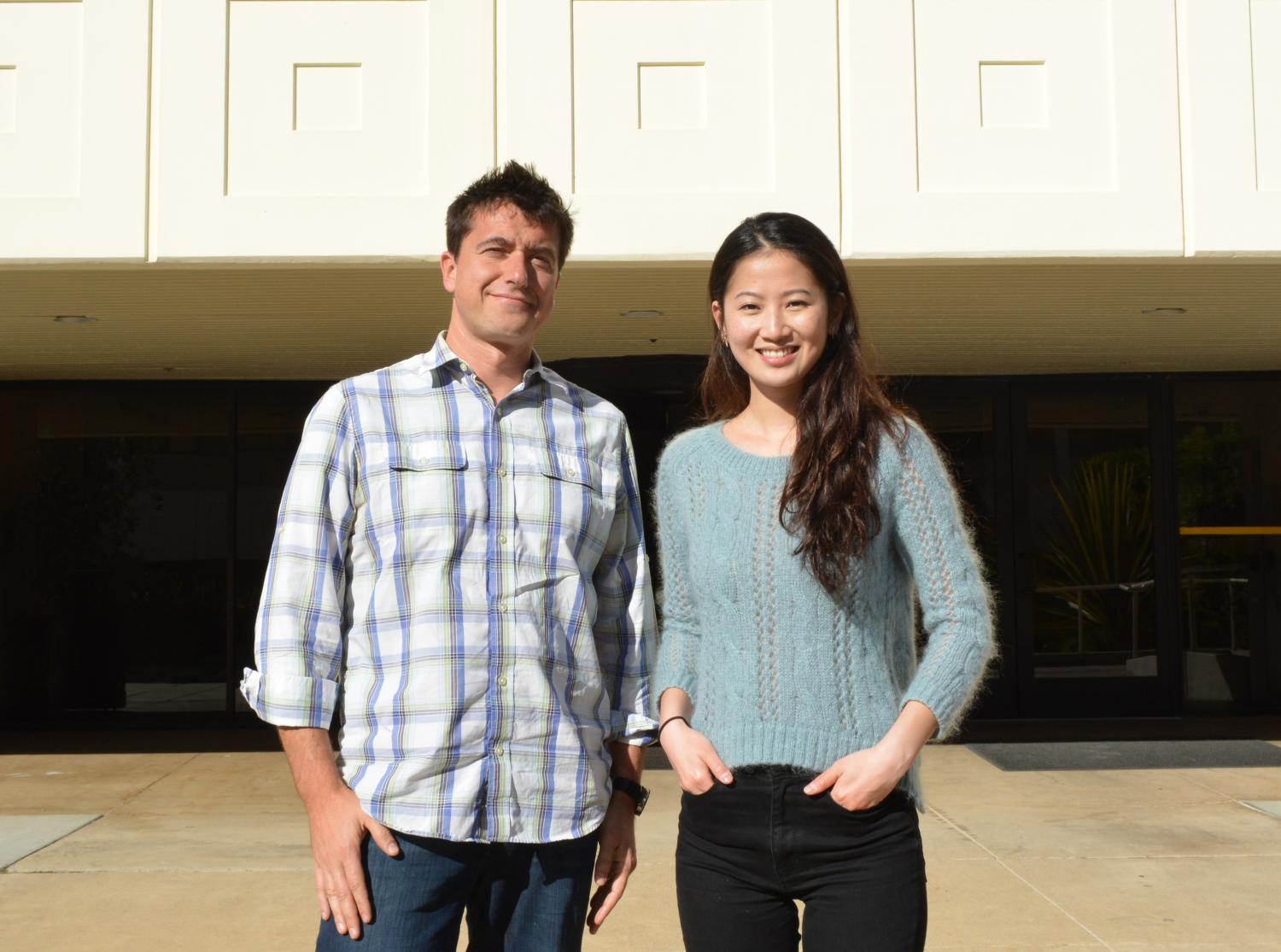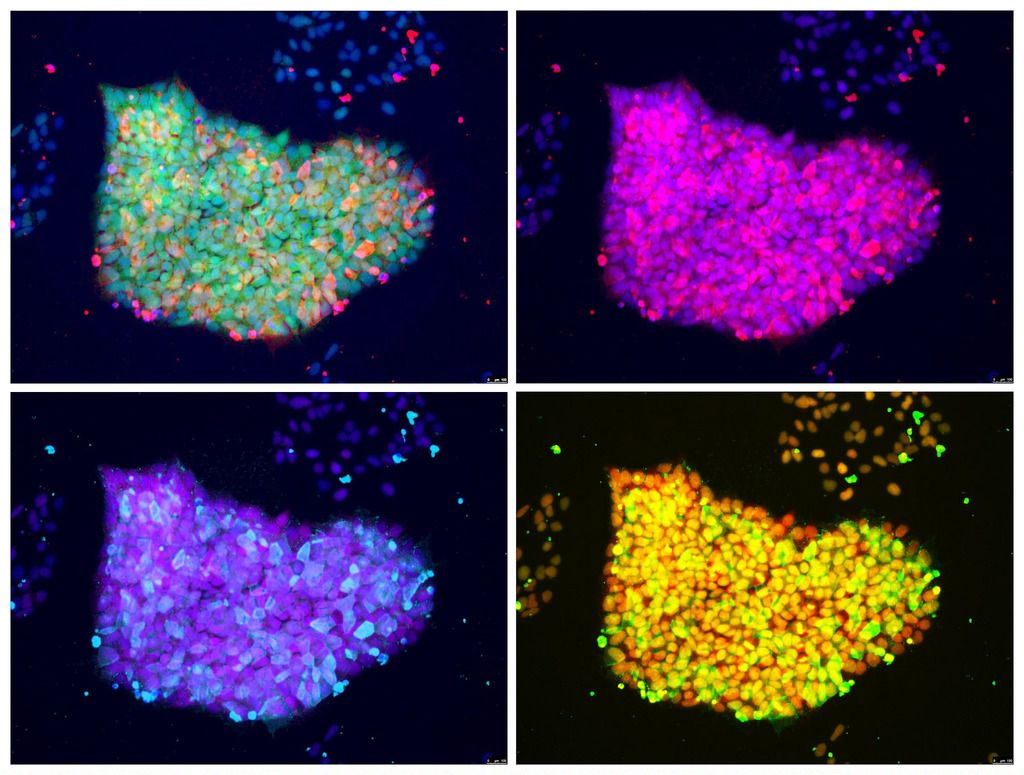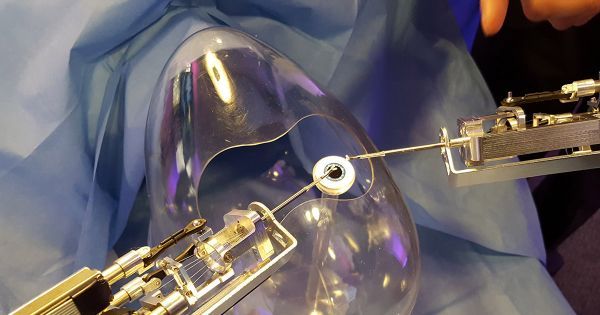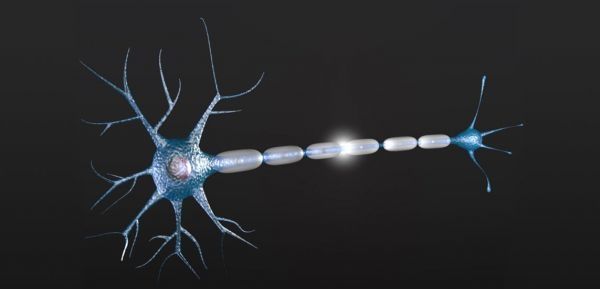Jan 12, 2017
Biologists discover how viruses hijack cell’s machinery
Posted by Shane Hinshaw in category: biotech/medical
Looks like hacking might be alot older then we thought lmao.
Biologists at UC San Diego have documented for the first time how very large viruses reprogram the cellular machinery of bacteria during infection to more closely resemble an animal or human cell—a process that allows these alien invaders to trick cells into producing hundreds of new viruses, which eventually explode from and kill the cells they infect.
In a paper published in the January 13 issue of Science, the researchers conducted a series of experiments that allowed them to view in detail what happens inside bacterial cells as the invading viruses replicate.
Continue reading “Biologists discover how viruses hijack cell’s machinery” »


